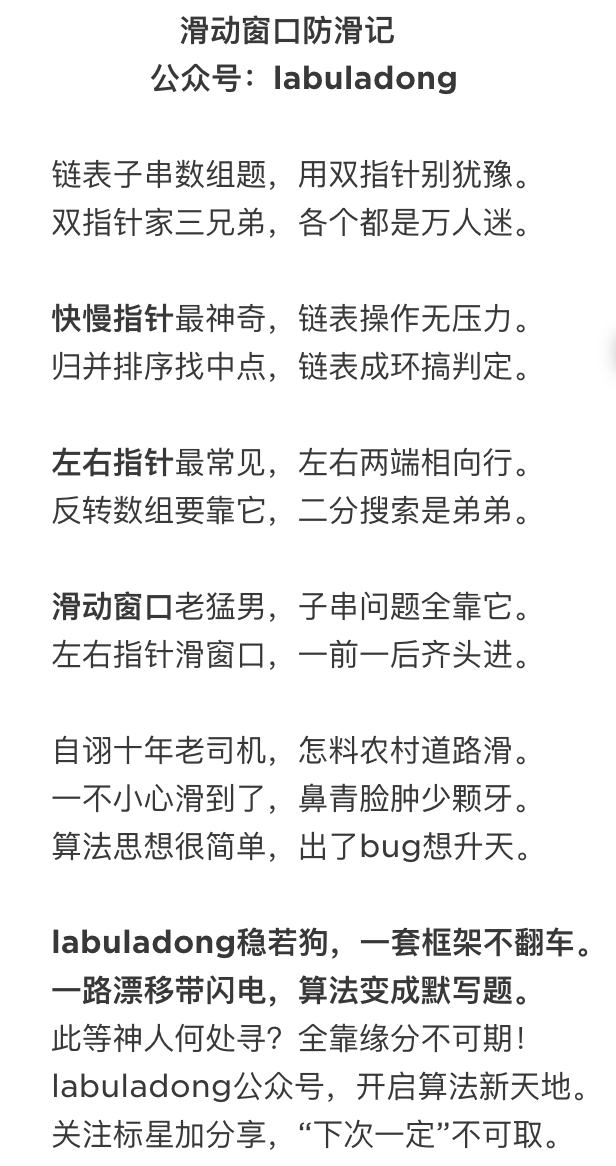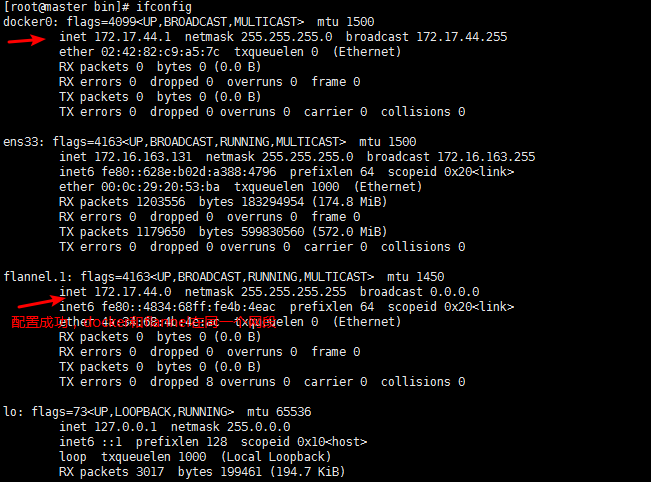I don't fully understand what the append-map command does in racket, nor do I understand how to use it and I'm having a pretty hard time finding some decently understandable documentation online for it. Could someone possibly demonstrate what exactly the command does and how it works?
问题:
回答1:
The append-map procedure is useful for creating a single list out of a list of sublists after applying a procedure to each sublist. In other words, this code:
(append-map proc lst)
... Is semantically equivalent to this:
(apply append (map proc lst))
... Or this:
(append* (map proc lst))
The applying-append-to-a-list-of-sublists idiom is sometimes known as flattening a list of sublists. Let's look at some examples, this one is right here in the documentation:
(append-map vector->list '(#(1) #(2 3) #(4)))
'(1 2 3 4)
For a more interesting example, take a look at this code from Rosetta Code for finding all permutations of a list:
(define (insert l n e)
(if (= 0 n)
(cons e l)
(cons (car l)
(insert (cdr l) (- n 1) e))))
(define (seq start end)
(if (= start end)
(list end)
(cons start (seq (+ start 1) end))))
(define (permute l)
(if (null? l)
'(())
(apply append (map (lambda (p)
(map (lambda (n)
(insert p n (car l)))
(seq 0 (length p))))
(permute (cdr l))))))
The last procedure can be expressed more concisely by using append-map:
(define (permute l)
(if (null? l)
'(())
(append-map (lambda (p)
(map (lambda (n)
(insert p n (car l)))
(seq 0 (length p))))
(permute (cdr l)))))
Either way, the result is as expected:
(permute '(1 2 3))
=> '((1 2 3) (2 1 3) (2 3 1) (1 3 2) (3 1 2) (3 2 1))
回答2:
In Common Lisp, the function is named "mapcan" and it is sometimes used to combine filtering with mapping:
* (mapcan (lambda (n) (if (oddp n) (list (* n n)) '()))
'(0 1 2 3 4 5 6 7))
(1 9 25 49)
In Racket that would be:
> (append-map (lambda (n) (if (odd? n) (list (* n n)) '()))
(range 8))
'(1 9 25 49)
But it's better to do it this way:
> (filter-map (lambda (n) (and (odd? n) (* n n))) (range 8))
'(1 9 25 49)






